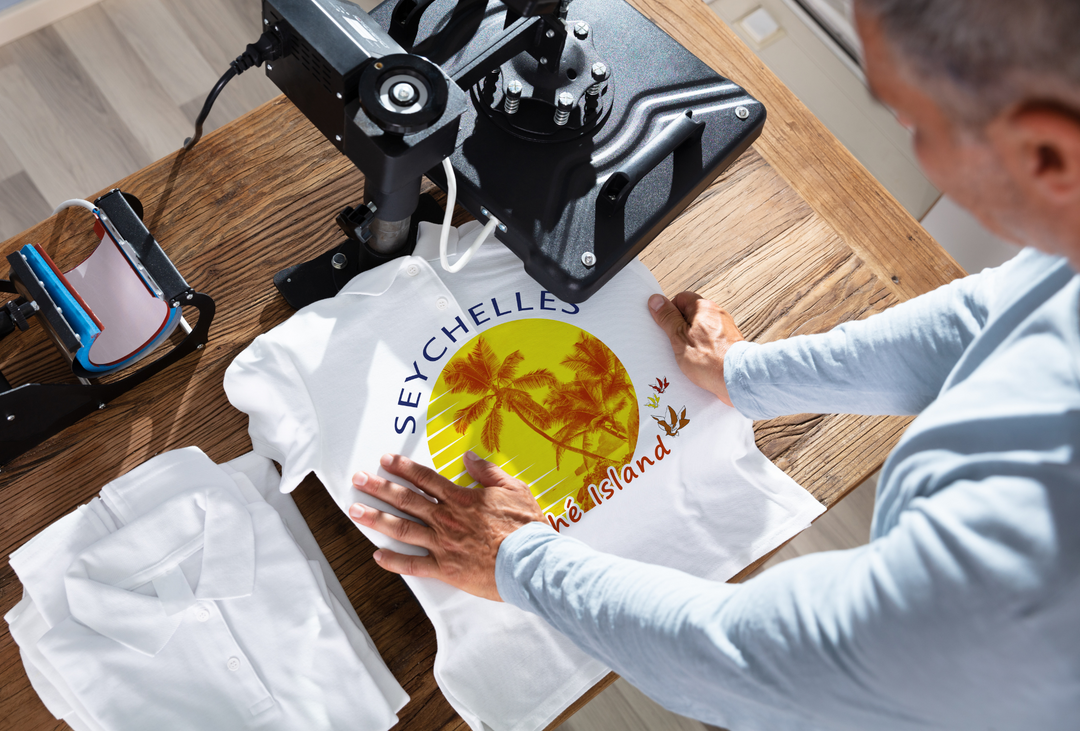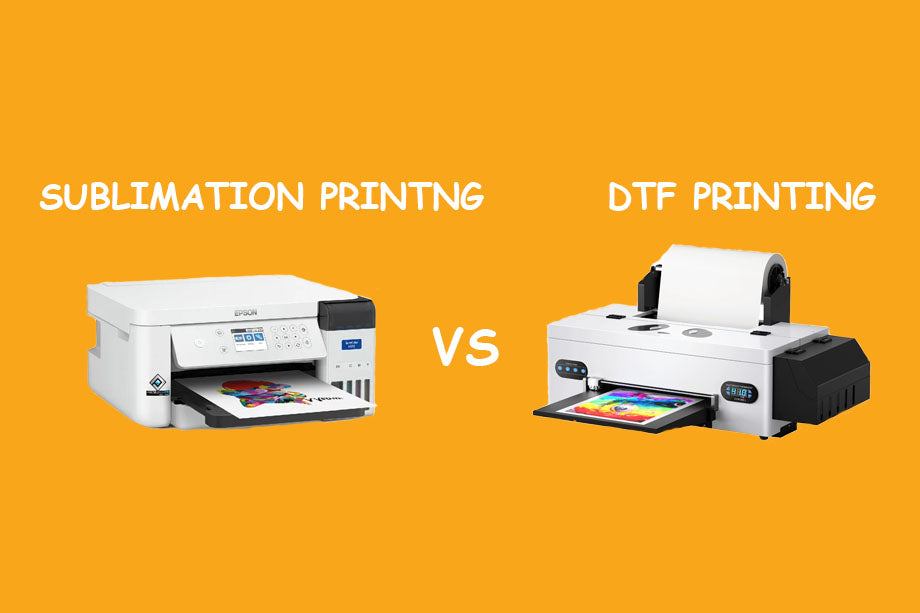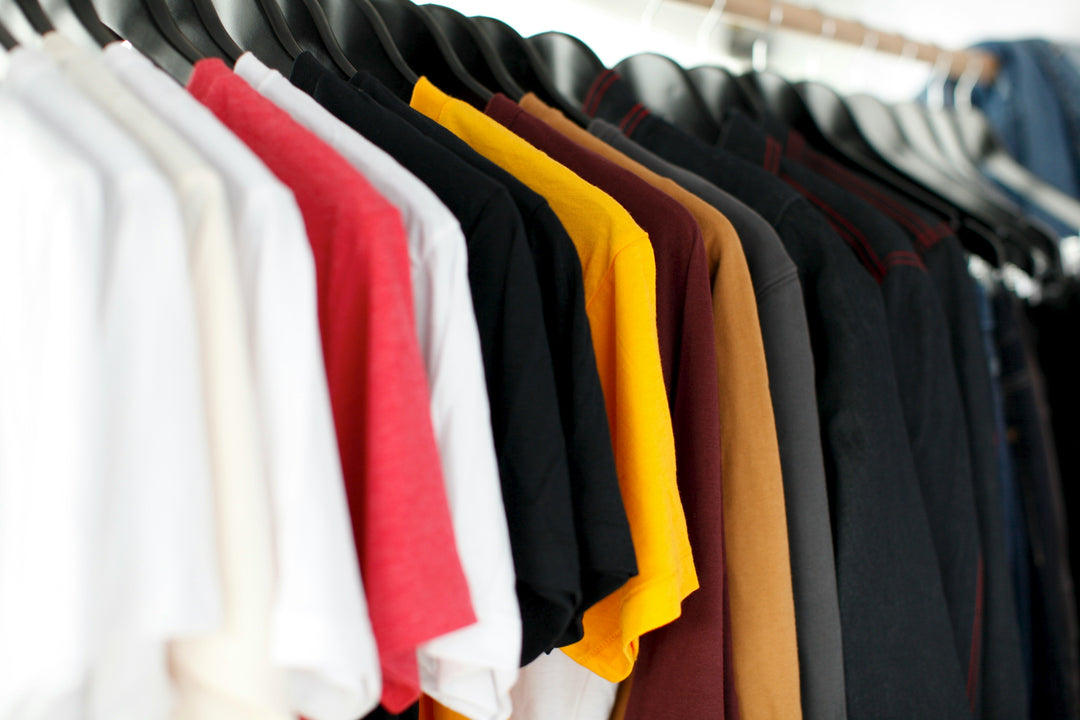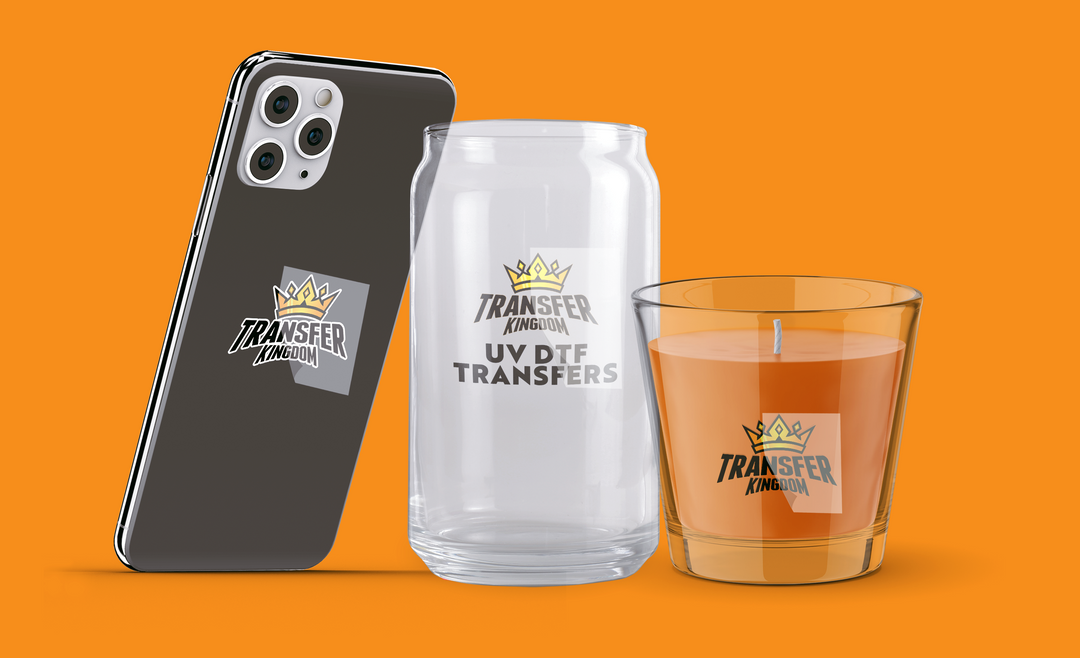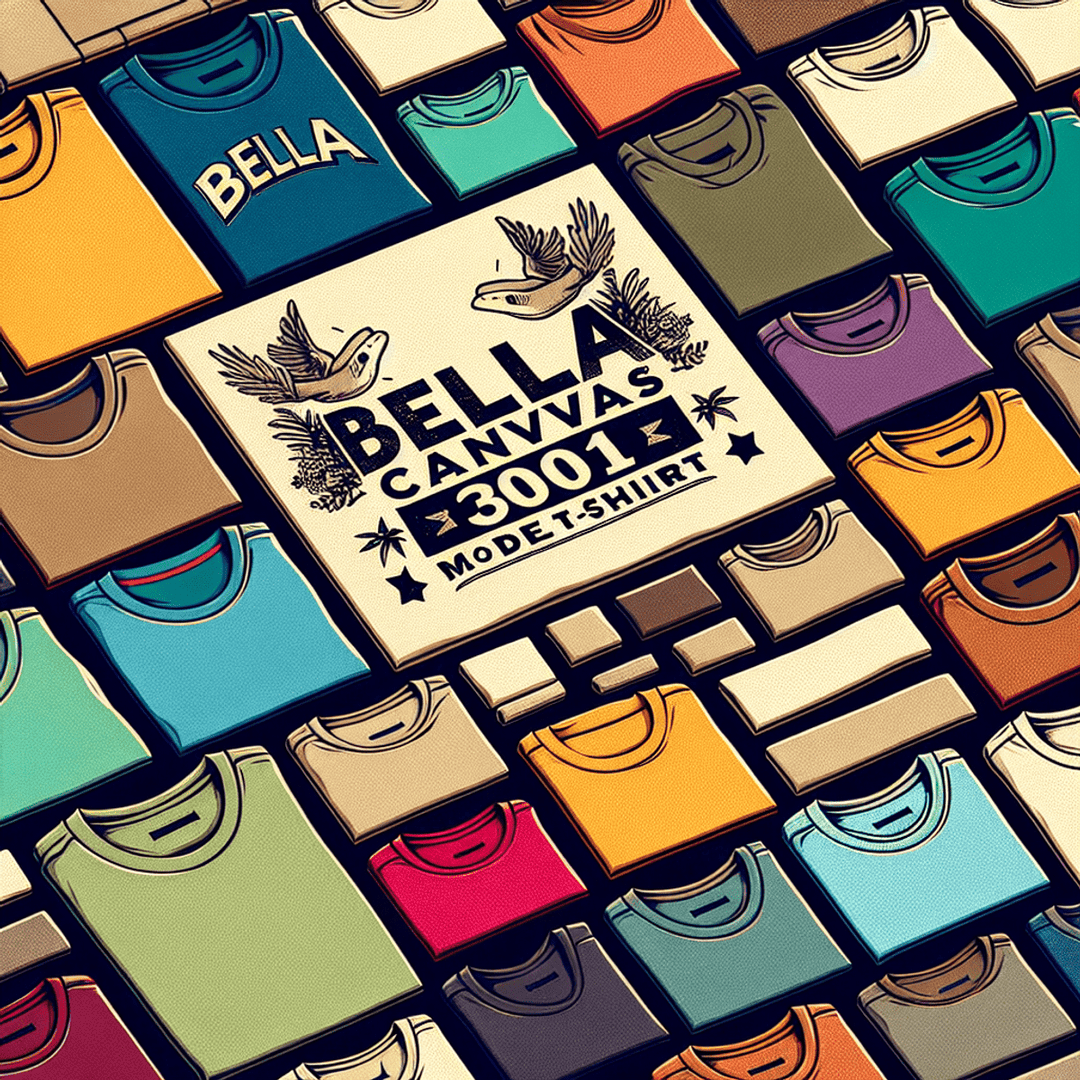DTF Printing vs. Sublimation Printing: Pros, Cons, and Which is Right for You?
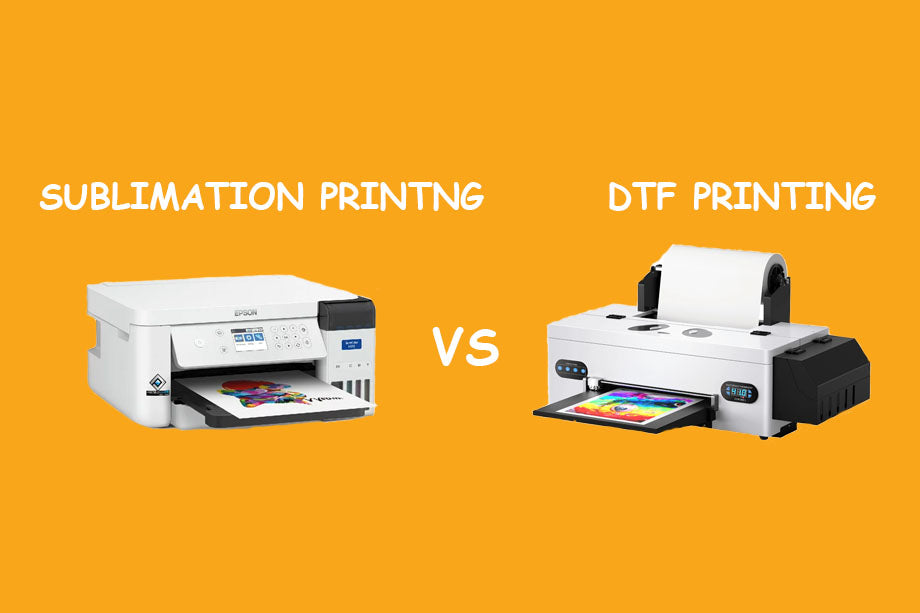
In the world of custom apparel where users are trying to determine how to create their print products, there are a couple of printing techniques that may cause some confusion: DTF (Direct-to-Film) and sublimation printing. Both methods offer an effective way to print and make high-quality transfers. But which is best for you? This guide will break down the key differences between these two methods, exploring their pros and cons to help you pick the perfect fit for your project ultimately equipping you with the knowledge to make an informed decision on making your printed products.
What is Sublimation?
In the scientific world, sublimation describes a solid transforming directly into a gas, skipping the liquid phase.
This is exactly how sublimation ink works. When heat is applied, the ink transforms into a gas, allowing it to deeply penetrate the fabric fibers. The ink reverts to a solid state as it cools, creating a permanent bond with the material. The result? A vibrant and long-lasting design that practically becomes part of your garment!
What’s the Process of Sublimation Transfer on Fabrics?
- Design: A design is first created using computer software like Photoshop.
- Printing: The design is then printed onto special transfer paper using sublimation inks.
- The transfer paper is placed on the substrate (the material you want to print on) and a heat press is applied.
- Once the material cools, the ink solidifies and becomes part of the fabric, creating a permanent design.
- You can then slowly peel away the transfer paper leaving the design on the fabric.
PROS of Sublimation Printing:
- Vibrant and long-lasting colors: Sublimation inks produce a wider color gamut than other printing methods, resulting in very colorful and rich designs. Because the ink becomes part of the material, the colors won't crack, fade, or peel over time.
- Creates a smooth, professional finish: The design becomes part of the substrate, so there's no raised ink texture.
- Relatively inexpensive overall: Overall the costs of the sublimation printers and other materials are generally less expensive compared to DTF printers.
CONS of Sublimation Printing:
- Limited to light-colored materials: Sublimation inks are transparent, so they only appear well on light-colored materials. White or light-colored substrates are ideal for sublimation.
- Limited Fabric options: Although options on materials generally, unfortunately, the only recommended fabric type sublimation would be used is 100% polyester or polyester blends. The less polyester in your fabric, the more faded the prints. This is because the chemical properties of sublimation dyes require synthetic fibers to properly adhere.
What is DTF Printing?
DTF stands for Direct-to-Film. Film paper is used instead of transfer paper with DTF printing/transfer. And unlike the sublimation inks, the ink in DTF transfers is simply bonded on top of the fabric instead of embedded within the fabric itself when heat is applied. This creates a transfer that can then be applied to a greater variety of fabrics than sublimation transfers.
What’s the Process of DTF Transfer on Fabrics?
- Design Creation: You create your design on a computer.
- Printing: The design gets printed onto a special PET film using pigmented inks.
- Powdering: The printed film is covered in a hot melt adhesive powder.
- Curing: The adhesive powder is heated and cured to activate it.
- Heat Pressing: The finished transfer is then heat-pressed onto your chosen fabric.
- Transfer: After cooling, peel away the film, and what will remain on your fabric is the the DTF design.
PROS of DTF Printing:
- Versatility: DTF transfers can be applied to a wider range of fabrics than sublimation, including cotton, polyester blends, leather, and much more.
- Vibrant colors: DTF inks produce high-quality, full-color prints with good wash durability.
- Works on dark fabrics: Unlike DTG which requires pre-treatment for dark fabrics, DTF transfers can be applied directly to both light and dark-colored materials.
CONS of DTF printing:
- Multi-step process: DTF involves several steps compared to simpler methods like screen printing.
- Initial investment: Setting up a DTF printing system requires a DTF printer, inks, powder, and a heat press, which can be expensive.
- Learning curve: Operating a DTF printer and achieving optimal results might require some practice and know-how.
Conclusion
In conclusion, both DTF and sublimation printing offer unique advantages for creating personalized items. DTF is a more popular option due to its adaptability to various fabrics, making it ideal for small batches or projects on dark materials. Sublimation, however, delivers better longevity and a comfortable feel. Ultimately, the best choice depends on your specific project needs and priorities. Consider the material, desired outcome, and budget to determine which printing method will make your designs truly shine.








